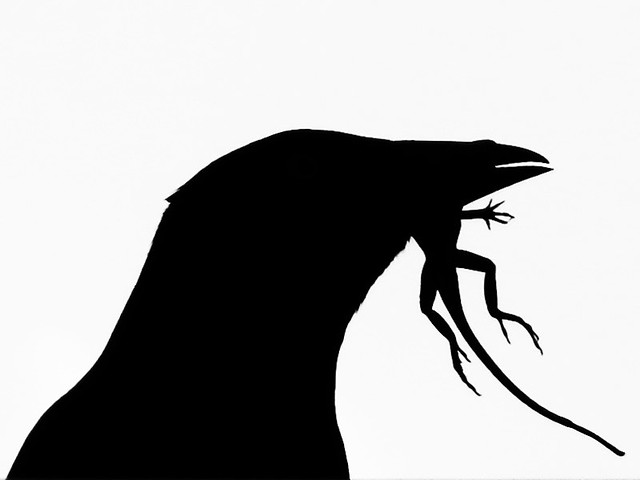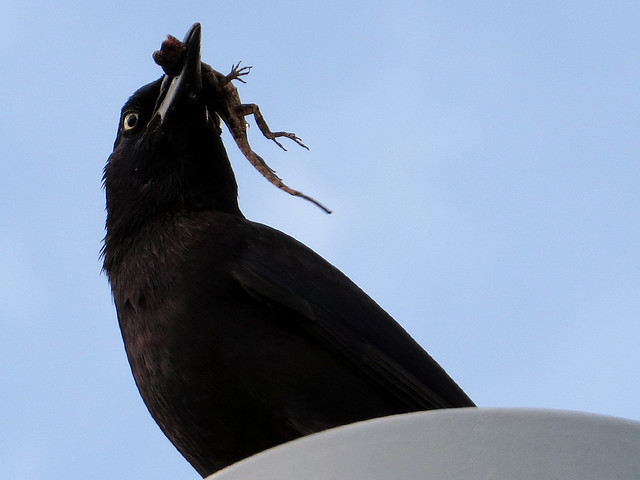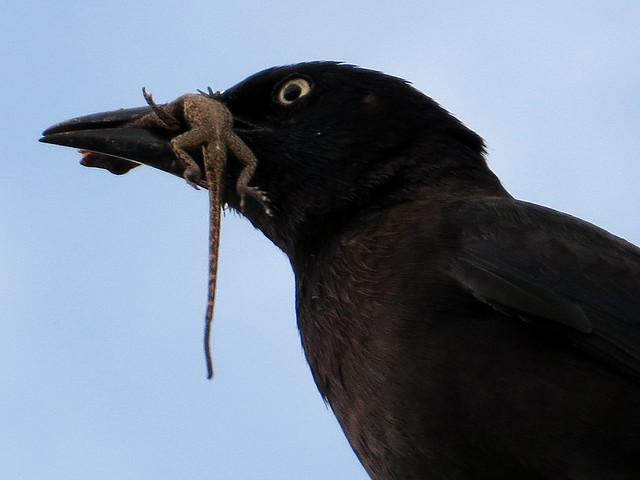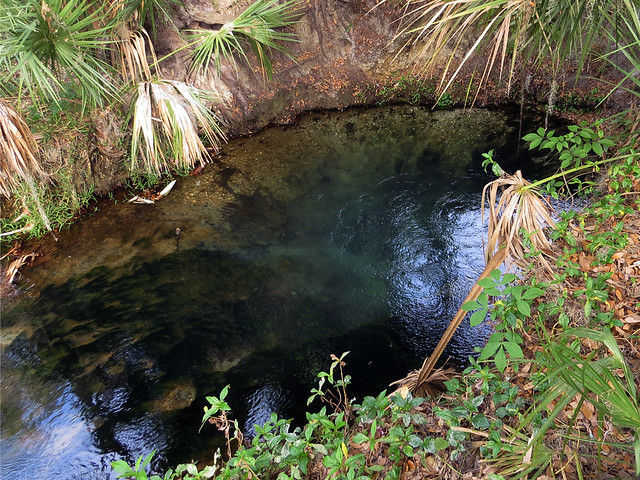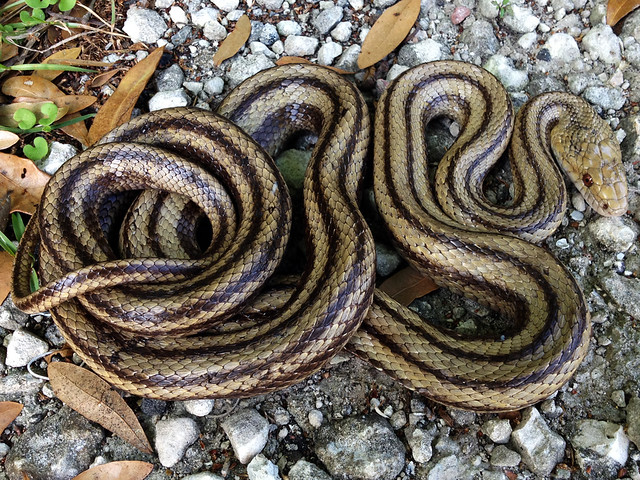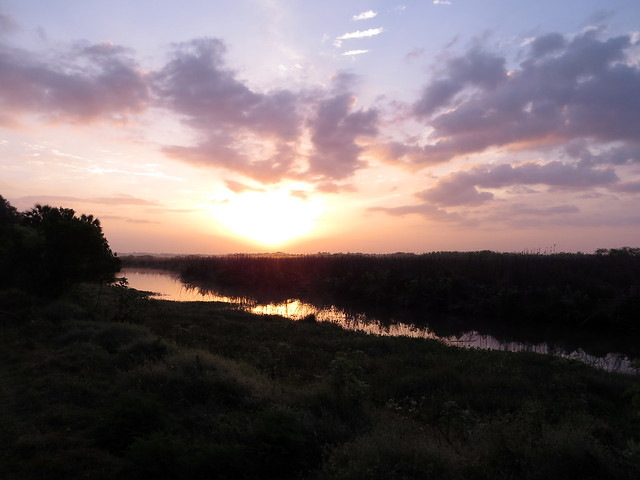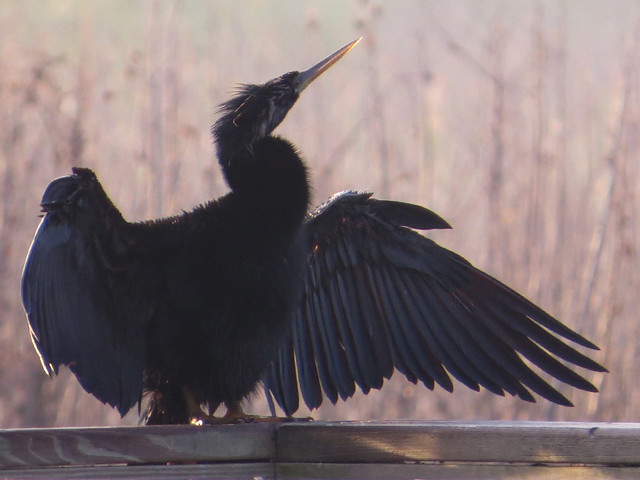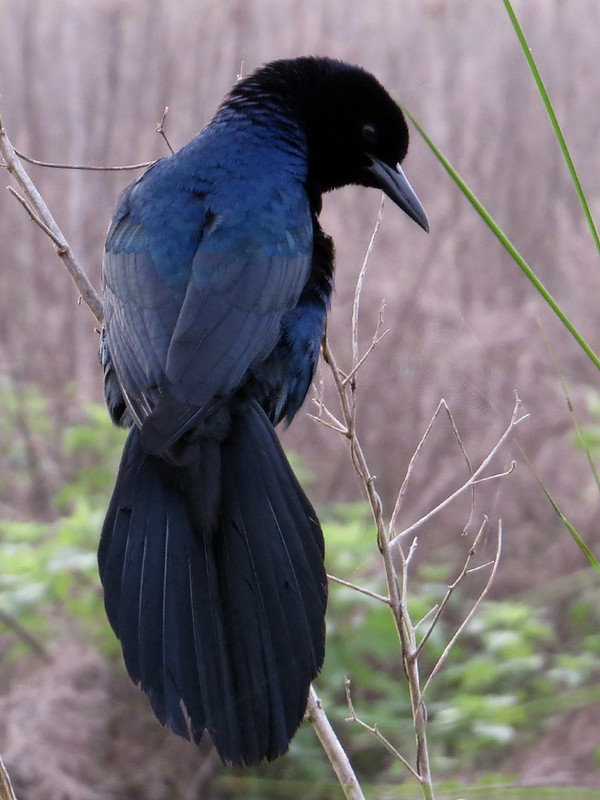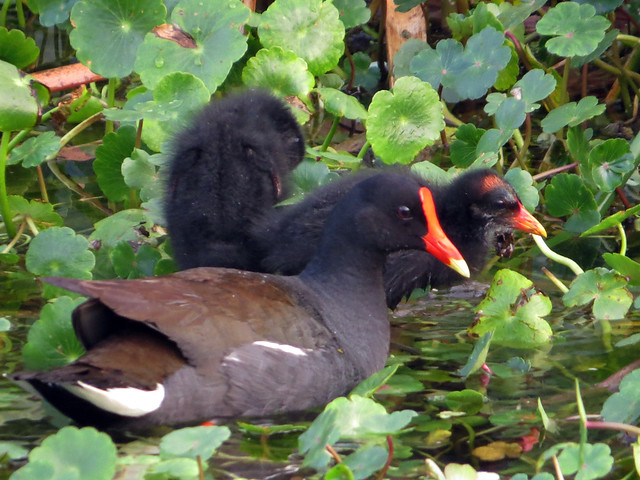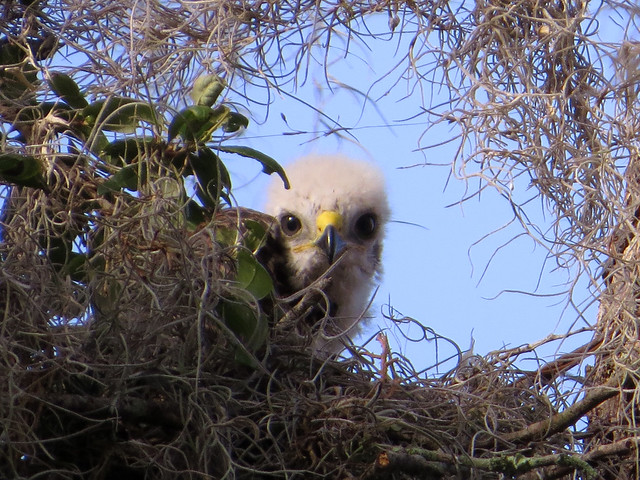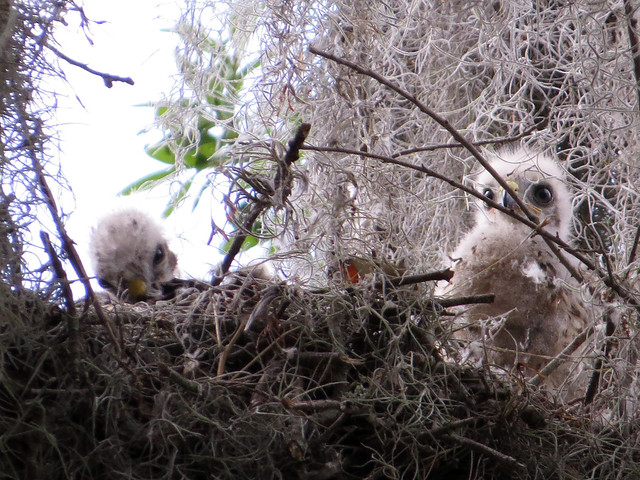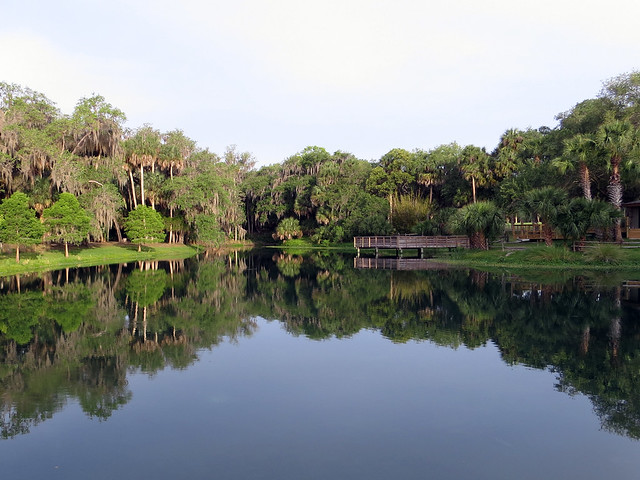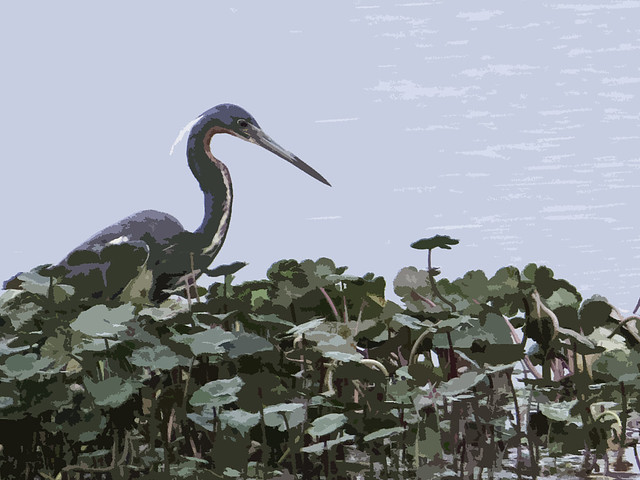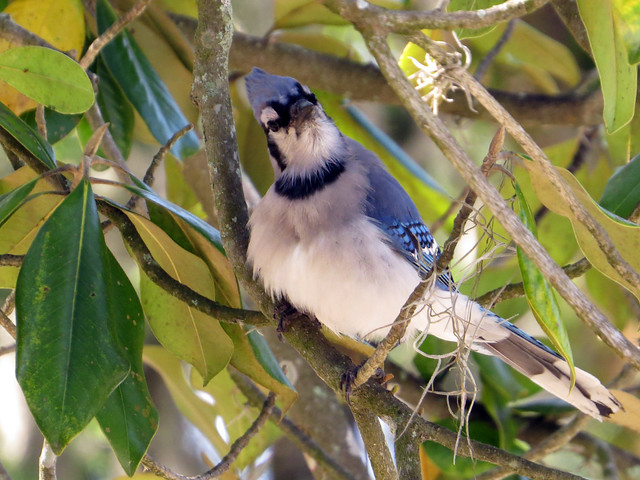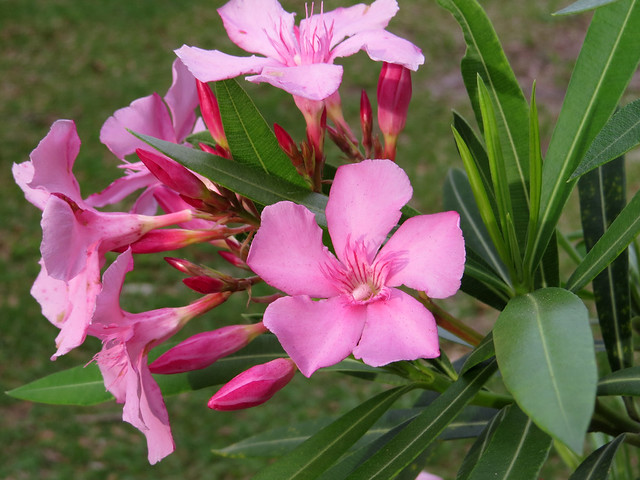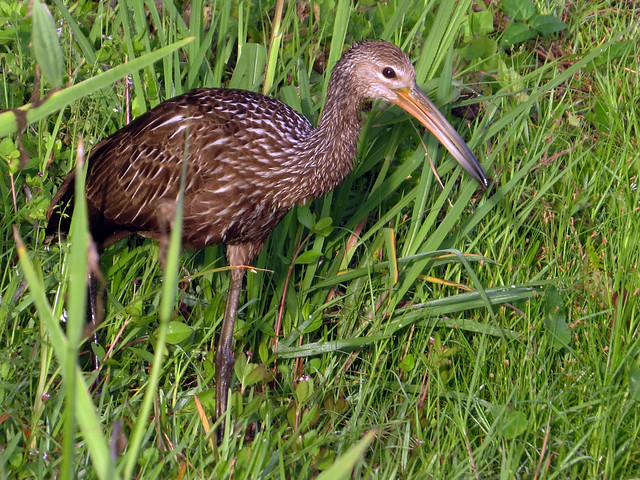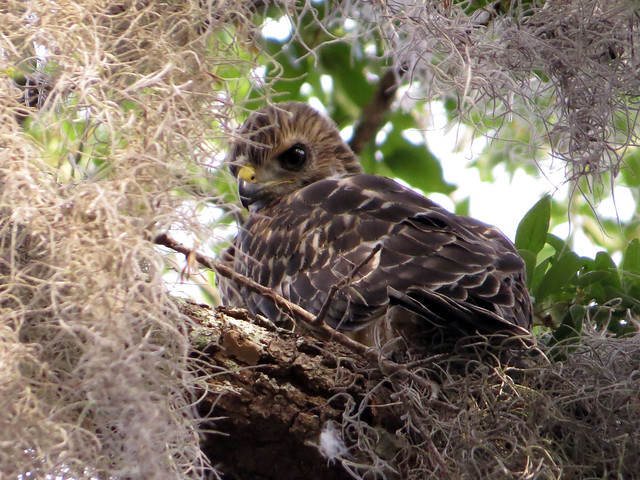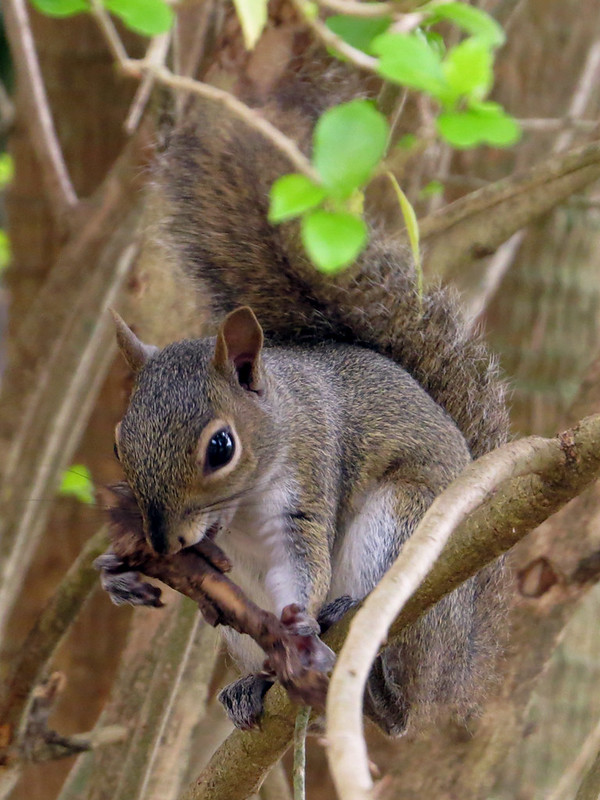A B-A-D ending!
On April 10th, the 100th day of the year, I figured I had 23 “easy” birds left in the Bird-a-Day challenge. And with birding prospects bleak (house guests coming, a move to complete and new home to work on), I wondered if I would even make it that far.
Since the number of expected possible birds was relatively small, I used that handy prognosis list as the days wore on.
Birds #101-110, April 11-20
Nine of these were on my prognosis list. The one unforeseen species was a Least Tern. At least one LETE was seen at Ponce Inlet during a trip there with Arthur and my friend Kim who was visiting from Illinois. That left just 14 gimmes from the prognosis list. Lasting until May 23rd, to at least match my 2012 performance, seemed unlikely.

Common Gallinule | 17-APR-13
Birds #111-120, April 21-30
I lucked out here; half of this bunch weren’t on the ‘easy’ list, even though a couple of them kind of were easy. When we went to Kennedy Space Center with Arthur’s parents on the 28th, I knew before we even left the house that my bird would be Laughing Gull. I always can count on finding a Mallard at Disney, so it isn’t so remarkable that it was my bird when we visited Animal Kingdom. A pair of unexpected Spotted Sandpipers at Audubon Park was a great bonus. And I was extremely excited to finally, finally get my FOY Limpkin on April 24th (!!). Finally, during a visit to Merritt Island with Kim, a marathon birding-by-car excursion yielded a very welcome Peregrine Falcon. With just five ‘easy’ birds used, I still had nine left. Could I make it another 23 days?
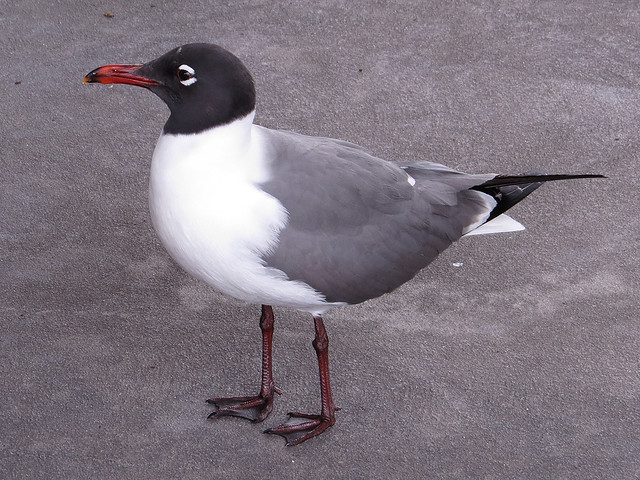
Laughing Gull | 28-APR-13
Birds #121-130, May 1-10
Another ten days, and another five “unexpected” birds. On a couple of day trips with my in-laws I managed to pick up Sandwich Tern and Royal Tern. An evening at Downtown Disney brought a flyover peenting Common Nighthawk, and a very quick visit to Mead Garden after a volunteer shift got me Northern Waterthrush. I also used Muscovy Duck in this group but I should have included it in the ‘easy’ list. That’s a given at Gemini Springs lately, unfortunately.
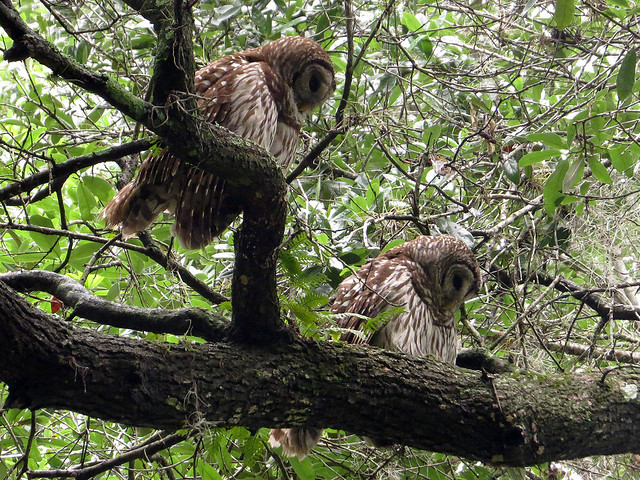
Barred Owls | 03-MAY-13
It was during this period that I booked a flight for a quick trip up to visit my parents in northern Illinois for May 16-21. I had four easy birds left before my flight… four days later. Yikes.
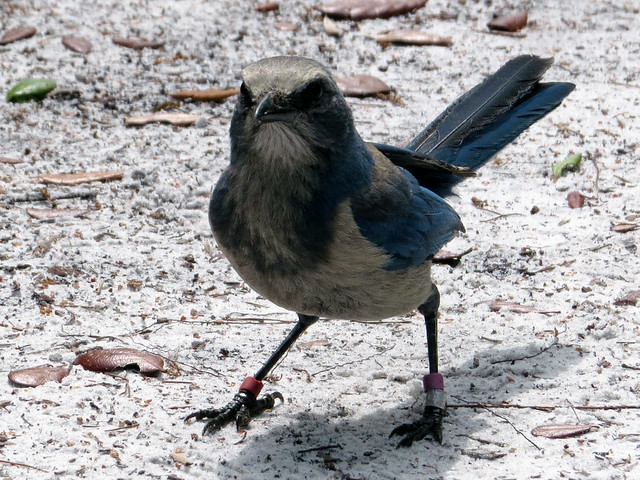
Florida Scrub-Jay | 05-MAY-13
Birds #131-140, May 11-20
Right off the bat I used a super-easy gimme: Red-shouldered Hawk. On May 12th Arthur and I took a walk at Lake Woodruff NWR and I heard a Clapper Rail which was the best bird of the day — even though I got my first Florida Bobolinks on the same walk. This was followed by the super-easy Boat-tailed Grackle and then a totally unexpected Caspian Tern flyby at Lake Monroe Boat Ramp. I had driven to the ramp to look for Barn Swallows but after the tern I didn’t mind missing them.
I had thought to go to Lyonia Preserve on the 15th to look for, or rather listen for, Northern Bobwhites. I had second thoughts and ended up going to my trusty patch, Gemini Springs, hoping that something good might turn up there. As I was wrapping up a pleasant but unremarkable walk, I heard a Northern Bobwhite calling from a part of the park I would not expect to find them. The bird called twice more so I could confidently call the ID. All hail the patch, long live patch birding!! 🙂
On May 16th I flew to Chicago and for the next six days I had easy pickings for the challenge. Birds I wouldn’t expect to see in Volusia County made the list: White-crowned Sparrow; Mourning Warbler (lifer!!); Olive-sided Flycatcher; and Black-capped Chickadee were joined by Yellow Warbler. That last bird isn’t unexpected in Volusia but I missed them during spring migration. Plus I got a nice picture, so…

Yellow Warbler | 19-MAY-13
After this group of ten birds I had one more day in Illinois and three days total to reach my target of May 23.
Birds #141-143, May 21-23
A Swainson’s Thrush in my parents’ back yard on my last day in Illinois was a good find. On May 22nd I again drove to Lake Monroe Boat Ramp to look for Barn Swallows. Again I struck out on my target, but a totally unexpected pair of Black-bellied Whistling Ducks saved the day — they flew by just as I was about to leave. My FOY BBWD too! On May 23rd I tried one last time to find Barn Swallows at the boat ramp, and struck out for the third and final time. I was happy to have made it as far as I did — after all, I had gimme Osprey left, and it was May 23rd. I used the same last bird from 2012 for this year’s challenge, on the same date. I never thought I would make it so far, so I was actually well pleased. That is, until I realized that last year was a leap year. So I was out of the game on the same date, but one day short of last year’s final. Yeah, that stings.
2014?
I am not yet sure if I will try again next year. In April I will (if all goes to plan) be spending 8 days at sea on a transatlantic voyage from Miami to Barcelona. I doubt I will be able to find birds each day during the crossing, so that may be a good excuse to forgo the challenge next year. We shall see! Meanwhile, tomorrow is June 1st and that means a new challenge awaits!



